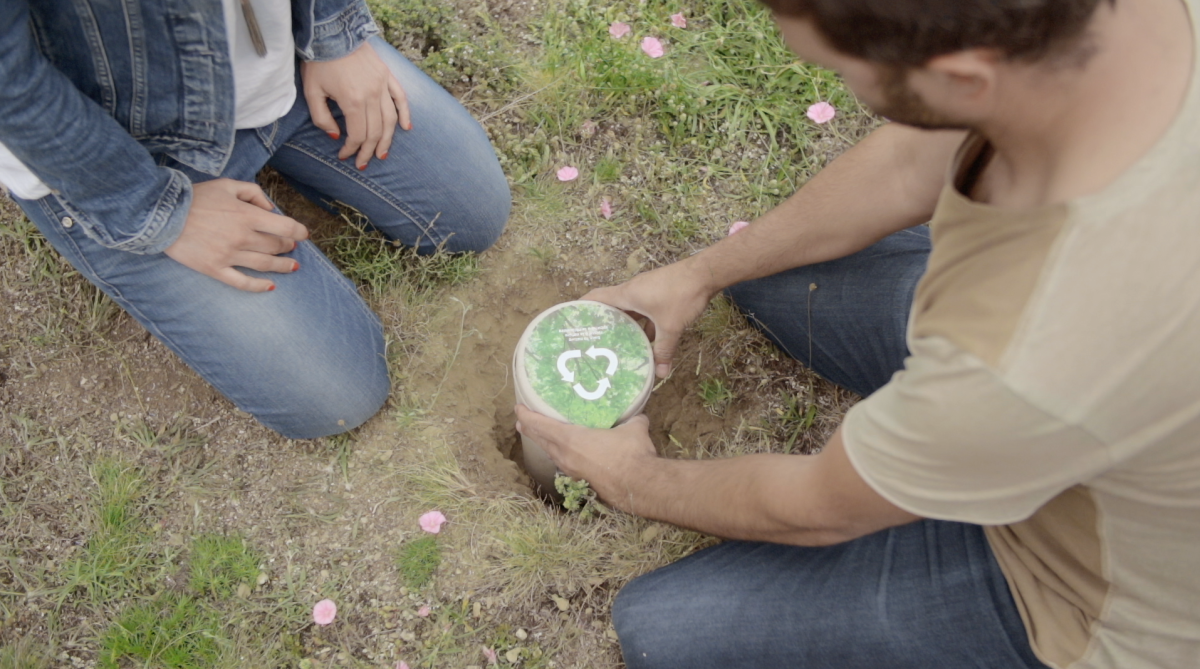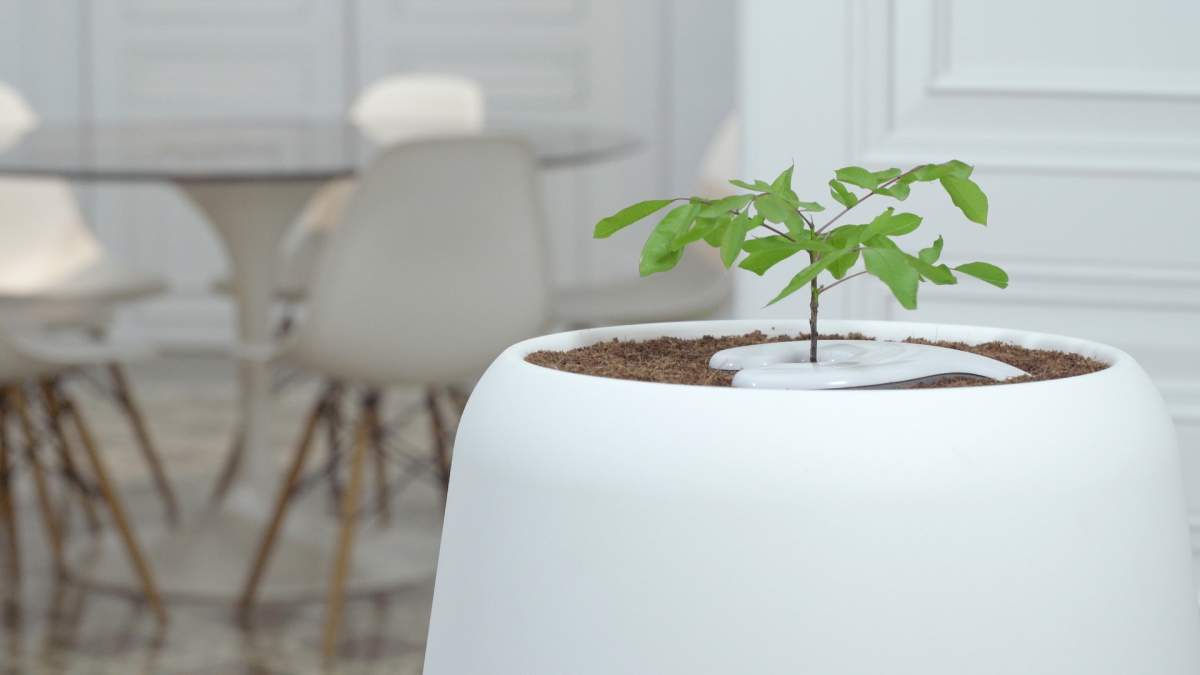As life moves so quickly, people are often thinking about new ways of living, if it be new adventures or experiences. But what most people don’t think about is new ways of being buried.

As dark as that sounds, funerals and cemeteries are the norm in Canada but companies across the globe are pushing the envelope in trying to take the green burial movement a step further.
Take the Cimetière Catholique Granby, located in Granby, Que., for example. It is the first cemetery in Canada to start a garden exclusively dedicated to biodegradable urns, where people’s ashes help grow a tree.
It’s called the “Boisé de Vie,” which translates to “the tree of life garden.” Essentially, instead of burying you in a casket, they bury your ashes in an urn made of natural products. From there, they include seeds of your choice from 20 different tree varieties compatible with the Canadian environment.
What kind of tree you want your remains to nourish – birch, maple or eucalyptus – is up to you. The director of the cemetery says it turns the burial process completely green.
“A bio urn is made up of coconuts and nutrients which makes the soil fertile. The urn breaks down in just one month. Roots can feed on these nutrients and ash, and provide an environment conducive to the growth of the tree,” says Elyse Champagne, director of Cimetières Catholiques de Granby.
“Environmental point of view, this process is wonderful. A conventional urn and a coffin may take several years to deteriorate. A coffin can take up to 25 years. So we made a big ecological step.”
Here’s a deeper look at alternative burial methods that may change the way you think of life after death.
Biodegradable urns
One company called Bios Urns, which started in Spain, is behind the urns the Quebec cemetery is using. Their urns — made of 100 per cent natural products — are now available around the world.
But besides their traditional urns, which they unveiled in a few years back, they have found that customers can have had a hard time finding the land necessary to plant their products.
READ MORE: Death ain’t cheap: a look at funeral costs
“A lot of people said they live in temporary locations … so it’s hard to find a place to plant. Or they have land but they are not allowed to plant their urns in cemeteries because they are strict,” Isabelle Bolla with Bios Urn told Global News.

Get weekly health news
Recently, they launched Bios Incube, a system that lets you plant Bios Urn indoors, and combines the insights of tree growth with data from its environment. Depending on the type of tree, the Bios Incube will water it accordingly.
Green burial pods
Capsula Mundi, an Italian company’s alternative to coffins, will see you buried in a pod, in the fetal position, with your remains feeding a tree.
It follows the same idea as the urns, turning a graveyard of tombstones into a memorial park full of trees. But instead of using ashes, it uses the decomposing body to nourish the tree.
“Our main goal concerning Capsula Mundi has been to sensitize people about the unbearable way the modern culture currently deals with death,” project founders Anna Citelli and Raoul Bretzel said.
How it works is that a body is placed in the fetal position and enclosed in a biodegradable burial capsule. Then it is planted in soil with a tree.
Dissolving the body/resomation
This one is an alternative to cremation. Instead of using fire, funeral homes are using alkaline and water to liquefy a loved one, sending the remains down a drain. The powered remains from the bones are then returned to the family.
The technical term is called alkaline hydrolysis or resomation and essentially dissolves the body into a liquid using a special machine.
This so-called green cremation technique made its way into Canada and the U.S. a couple of years ago because it is reportedly seen as more energy efficient than cremation, which releases carbon dioxide into the atmosphere. However, funeral homes have noted, a lot of water is needed for this process to work.
While the process of resomation may sound off-putting, it’s actually not that different from the natural breakdown of a body. The major difference is that this decomposition process takes about two hours to complete, while in a casket it can take up to 25 years.
Burlap sack/shroud burial
Others have decided to forgo the casket and opt for a “natural burial.” This means using only natural, non-toxic and biodegradable materials to bury the dead.
What is often used is a burlap sack — the kind used for coffee beans or potatoes — or shrouds. As well, caskets made of natural products have been used.
The Green Burial Council, an advocacy group, says this alternative is much safer for the environment because it doesn’t involve the embalming process bodies go through before they are buried in a typical wood, plastic and metal coffin.
If you’ve been to a funeral and have seen the body in an open casket, that usually means the body has been preserved to avoid decomposition.
It involves removing bodily fluids and injecting a formaldehyde-based chemical solution in an artery. The process prevents the body from being eaten by bacteria, at least until it is in the ground.
Eternal reefs
For those who have always been connected to the sea, there is the eternal reef option. In the 1980s, students at the University of Georgia were concerned when they went scuba diving and found deteriorating coral reefs in the Florida Keys.
So they had the idea that an eternal reef: it takes cremated remains of an individual and mixes them with cement to create an artificial reef.
The formation is then placed in the ocean — the spot selected by the individual or family — where it becomes a haven for fish and underwater creatures.
The company encourages that the heavy concrete orbs are placed in areas where reefs are destroyed, in order to create an undersea habitat for organisms.
Although the process of cremation isn’t seen as the best for the environment, the process of creating a new aquatic environment has been applauded.










Comments